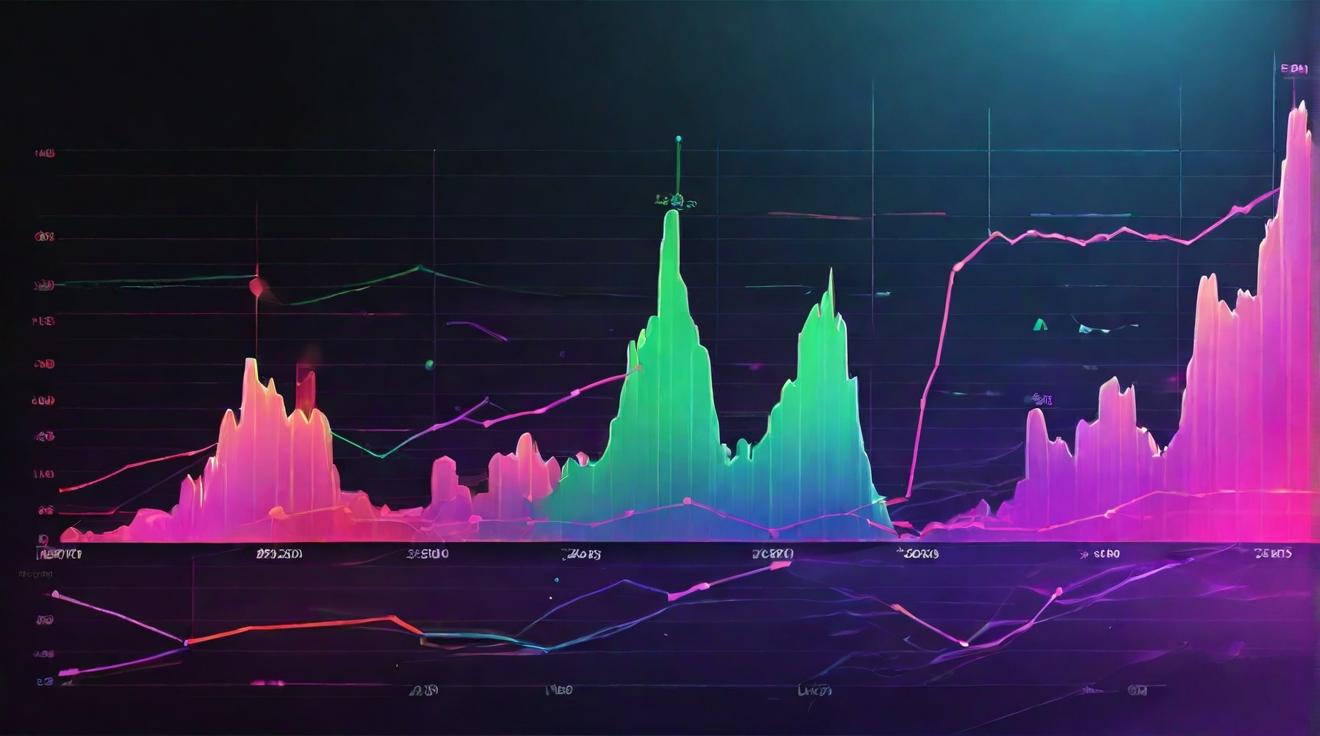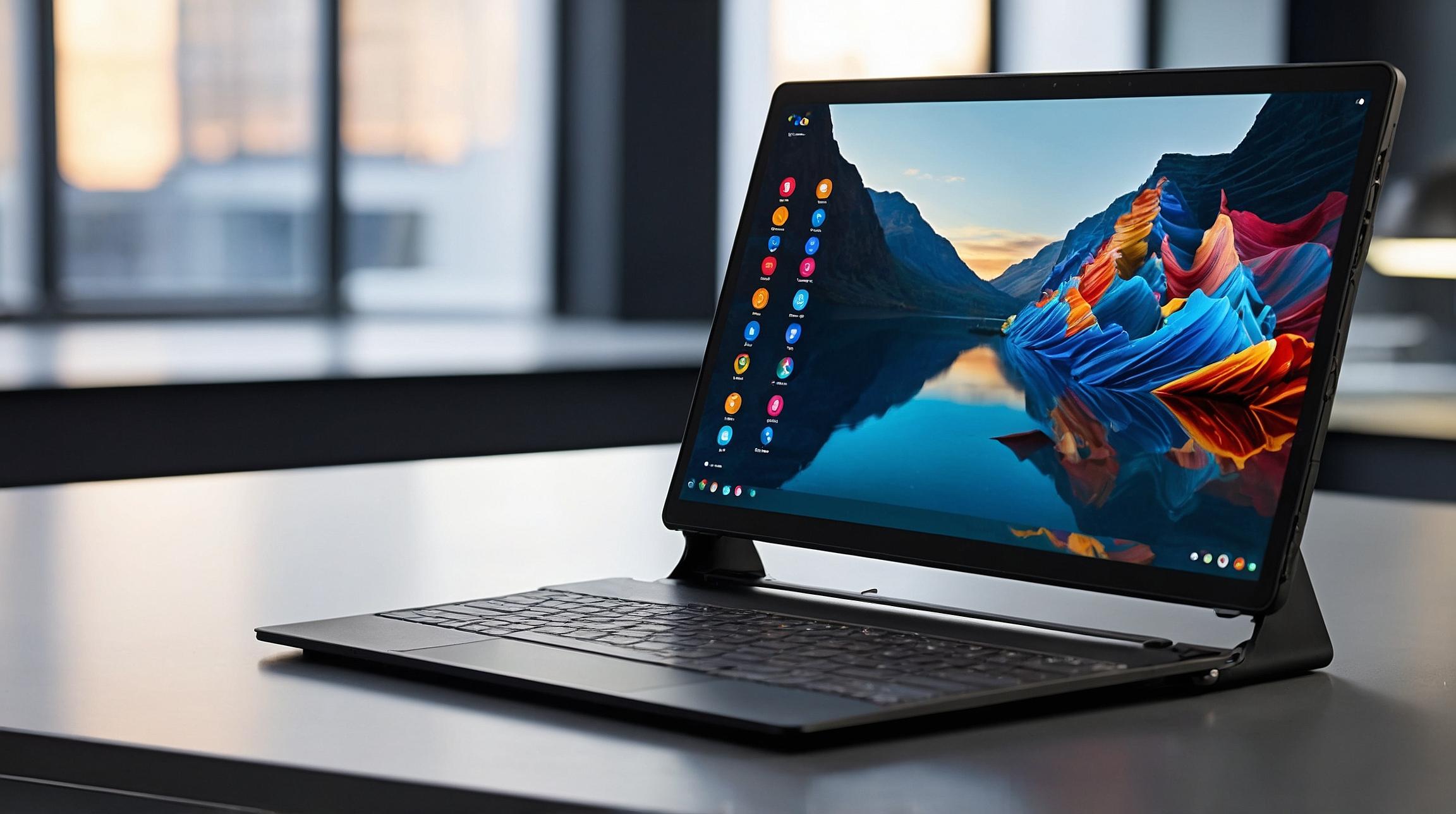Volatility & Risk
When it comes to stock volatility, SkyWater Technology exhibits a significant degree of fluctuation, with a beta value of 3.94. This implies that its stock price is 294% more volatile compared to the S&P 500. In simpler terms, if the market goes up or down, SkyWater’s stock is likely to increase or decrease almost three times as much. On the other hand, United Microelectronics shows more stability, with a beta of 1.18, indicating just an 18% higher volatility than the market. For an average investor, this means SkyWater presents potentially higher rewards but also higher risks compared to United Microelectronics.
Analyst Recommendations
In terms of analyst recommendations, SkyWater Technology is currently seen in a positive light by analysts. It boasts 4 buy ratings and a consensus price target of $12.00, which suggests a potential upside of 44.75%. This upside indicates that analysts expect the stock's price to rise significantly in the future. Meanwhile, United Microelectronics has a more conservative outlook with 1 hold rating and 2 buy ratings. Its consensus price target is $8.90, implying a smaller potential upside of 5.45%. These figures suggest that analysts are more optimistic about SkyWater's growth potential.
Insider and Institutional Ownership
Ownership structure can provide insights into the confidence levels of different stakeholders. Institutional investors hold a substantial 70.0% of SkyWater Technology shares, indicating strong institutional confidence in the company. Insiders, including company executives and board members, hold 42.5% of shares, showing a significant personal investment in the company's success. In contrast, only 5.1% of United Microelectronics is held by institutions and 8.0% by insiders, which might indicate less confidence or interest from these groups compared to SkyWater.
Profitability
Looking at profitability metrics, United Microelectronics outperforms SkyWater Technology across the board. It has a net margin of 23.90%, which means it retains nearly 24% of its revenue as profit. Conversely, SkyWater has a negative net margin of -10.73%, signifying losses. Similarly, United Microelectronics shows a return on equity (ROE) of 14.66% and return on assets (ROA) of 9.46%, compared to SkyWater's negative values of -32.59% ROE and -6.66% ROA. These figures highlight United Microelectronics' efficient use of resources to generate earnings compared to SkyWater.
Earnings & Valuation
In terms of earnings and valuation, United Microelectronics again has the upper hand with $7.25 billion in gross revenue and a net income of $1.95 billion, translating to positive earnings per share (EPS) of $0.70. SkyWater, meanwhile, records $323.74 million in revenue and a negative net income of – $30.76 million, resulting in an EPS of ($0.69). The price/earnings (P/E) ratio further reflects this, with United Microelectronics having a P/E of 12.06, compared to SkyWater's negative P/E of -12.01. This suggests that United Microelectronics offers a more stable and profitable investment.
Summary
Overall, United Microelectronics outshines SkyWater Technology in 8 out of 14 factors compared, particularly in profitability and earnings metrics, making it a potentially more attractive investment. However, SkyWater's higher institutional and insider ownership, along with significant potential upside, suggests it may offer greater returns for those willing to take on more risk.
About SkyWater Technology
SkyWater Technology, Inc. is a pure-play technology foundry headquartered in Bloomington, Minnesota. The company focuses on semiconductor development, manufacturing, and packaging services in the U.S., serving sectors such as aerospace, automotive, bio-health, and industrial markets.
About United Microelectronics
United Microelectronics Corporation, a well-established semiconductor wafer foundry, operates internationally and serves fabless design companies and integrated device manufacturers. Headquartered in Hsinchu City, Taiwan, the company's services span circuit design, mask tooling, wafer fabrication, and assembly testing across major markets.













